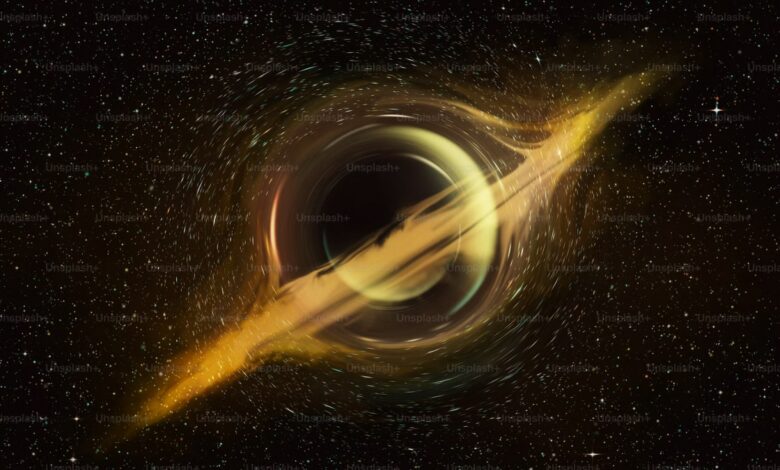These black holes change scientists’ perception of their formation

Astronomers observe two unusual black holes, each exhibiting phenomena that challenge current understanding of these cosmic giants. One, a ‘serial killer’ black hole, is about to devour its second star within five years, while the other, part of the newly discovered triple system V404 Cygni, has disrupted long-held theories about black hole formation.
The black hole ‘serial killer’ reaches for a new star
This supermassive black hole, located 215 million light-years from Earth, first attracted scientists’ attention five years ago with a bright burst. The outburst came from a star that had passed too close to it, leading to what astronomers call a tidal disruption event, or AT1910qix. Gravitational forces stretched and tore the star apart, leaving some of its remains around the star black hole and launch the rest into space.
Led by Dr. Matt Nicholl of Queen’s University Belfast, a team of astronomers has been monitoring this remnant disk for several years using powerful telescopes such as the Chandra X-ray Observatory and the Hubble Space Telescope. Recently, another star has passed through this disk every 48 hours, creating bright X-ray bursts with each collision. Dr. Nicholl describes it as similar to a diver creating splashes in a pool every time he hits the water, with the star as the diver and the disk as the pool.
“What is uncertain is what will ultimately happen to this star,” Dr Nicholl said. “It could be pulled into the black hole, or eventually disintegrate from these repeated impacts.”
A rare triple black hole system in Cygnus
Meanwhile, a rare triple system in the constellation Cygnus raises questions about the origins of black holes. Known as V404 Cygni, the system includes a black hole with a mass of nine solar masses and two orbiting stars, one much further away than astronomers thought possible. Kevin Burdge, an MIT researcher, notes that a supernova typically pushes its distant companions too far to remain gravitationally bound. But in this system, a distant star orbits at a distance of as much as 300 billion kilometers.
In their Nature article, Dr. Burdge and his team that this black hole may have formed without a supernova explosion, and may have collapsed ‘quietly’ without ejecting its close companions. This hypothesis has attracted the interest of scientists because it points to new processes for the formation of black holes that are not yet fully understood.
Daniel Holz, an astrophysicist at the University of Chicago, noted that nature, while improbable, often defies assumptions. This discovery could open a new chapter in black hole research.




